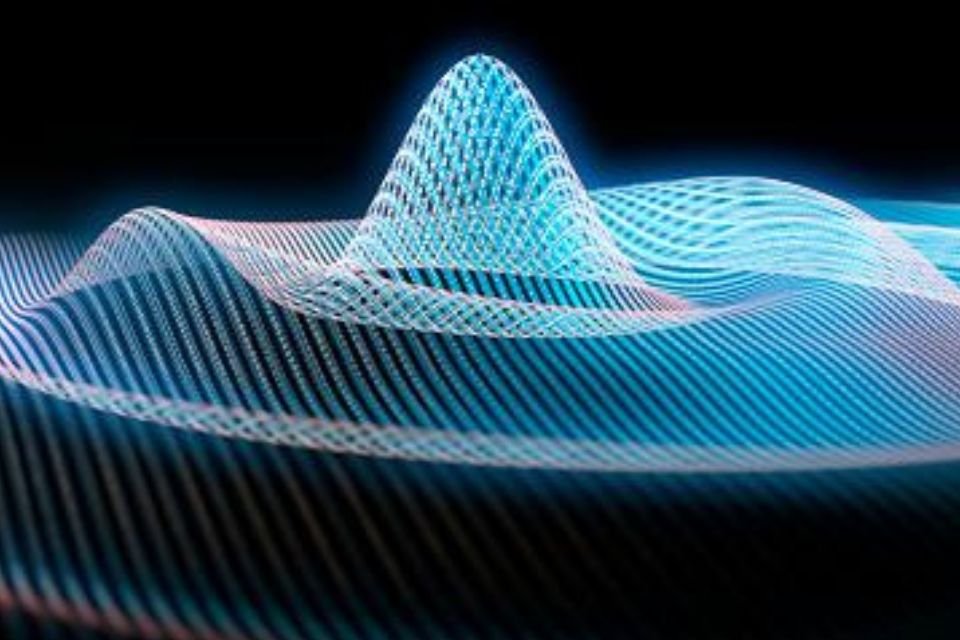So far, scientists have understood little about dark matter, but they believe it makes up 85% of all matter in the universe. According to a new study accepted in the scientific journal Physical Review D and published in the preprint journal ArXiv, Dark matter’s answer may be hidden in gravitational waves.
Gravitational waves are ripples in the curvature of space-time, just like ripples in fabric, an idea envisioned by Albert Einstein in his General Theory of Relativity. In the new study, an international team of cosmologists speculates that it is possible to use fluctuations to better understand what dark matter is.
To reach this conclusion, the team simulations of a particular scenario to understand how dark matter would react when interacting with neutrinos. The results suggest that the best-case scenario for studying dark matter is through the universe’s gravitational waves – most research until then has made various light sources such as Cosmic Microwave Background Radiation (CMB) to better understand the matter. .
“One of the things I’m interested in doing is finding new ways to use these observations to learn about fundamental physics. What we’ve shown is that by looking at the gravitational wave signals that we observe in a particular way, you can infer whether dark matter is making a refraction on particles,” he said. To the article, Alex Jenkins, website of IFLScience.
Gravitational waves and dark matter
According to Jenkins, The new methods will be about 100 times more sensitive than existing types of dark matter observations. However, scientists are waiting for the next generation of gravitational wave detectors to be built to leave simulations and do real studies.
Gravitational waves can offer a unique opportunity to observe the beginning of the universe, according to Markus Mosbech, another co-author of the study and associate at the University of Sydney (Australia). In this way, researchers will be able to detect individual cosmic events from great distances and gain greater clarity about some of the mysteries of the universe, such as the unknown nature of dark matter.
Today’s gravitational wave detectors such as LIGO, VIRGO, and KAGRA can observe events further away in the universe, but not well enough. Currently, the Einstein Telescope and Cosmic Explorer observatories the only ones with the sensitivity to detect gravitational waves this may help explain more about dark matter.
Do you have any question? Tell us on our social networks and take the opportunity to share the post with your friends.
Source: Tec Mundo
I’m Blaine Morgan, an experienced journalist and writer with over 8 years of experience in the tech industry. My expertise lies in writing about technology news and trends, covering everything from cutting-edge gadgets to emerging software developments. I’ve written for several leading publications including Gadget Onus where I am an author.













